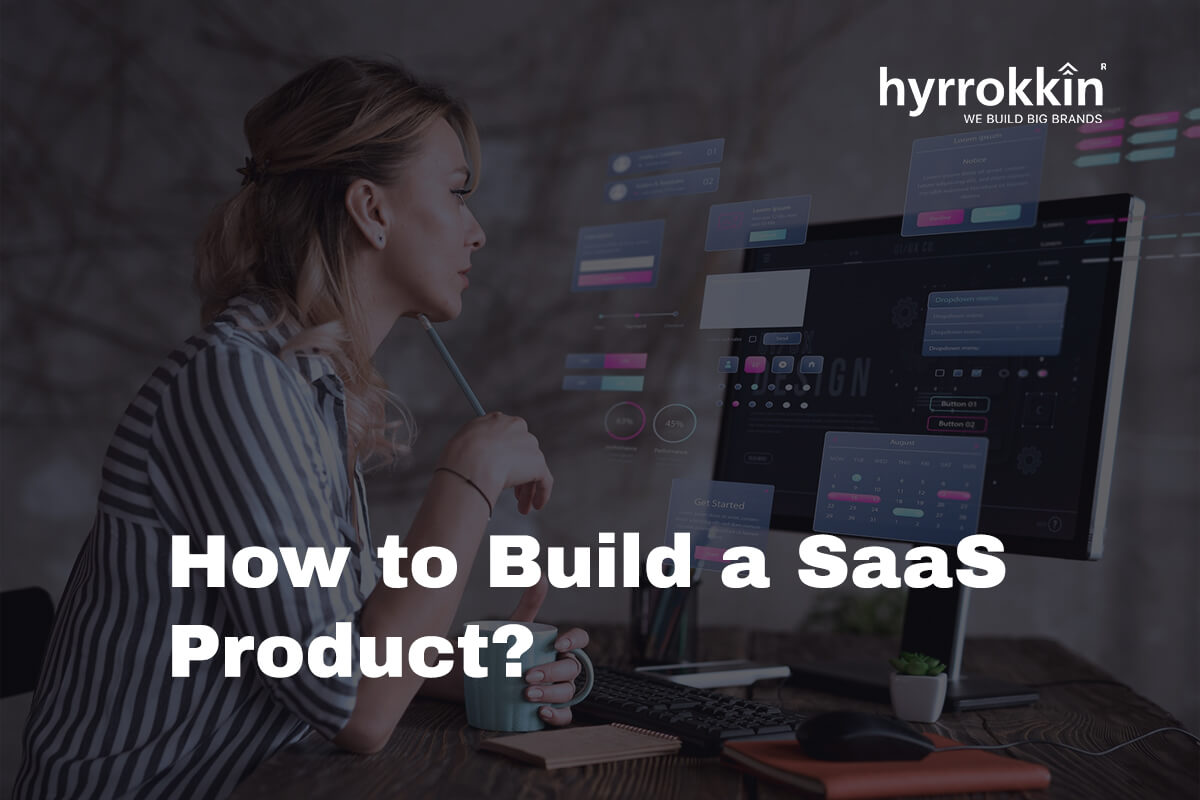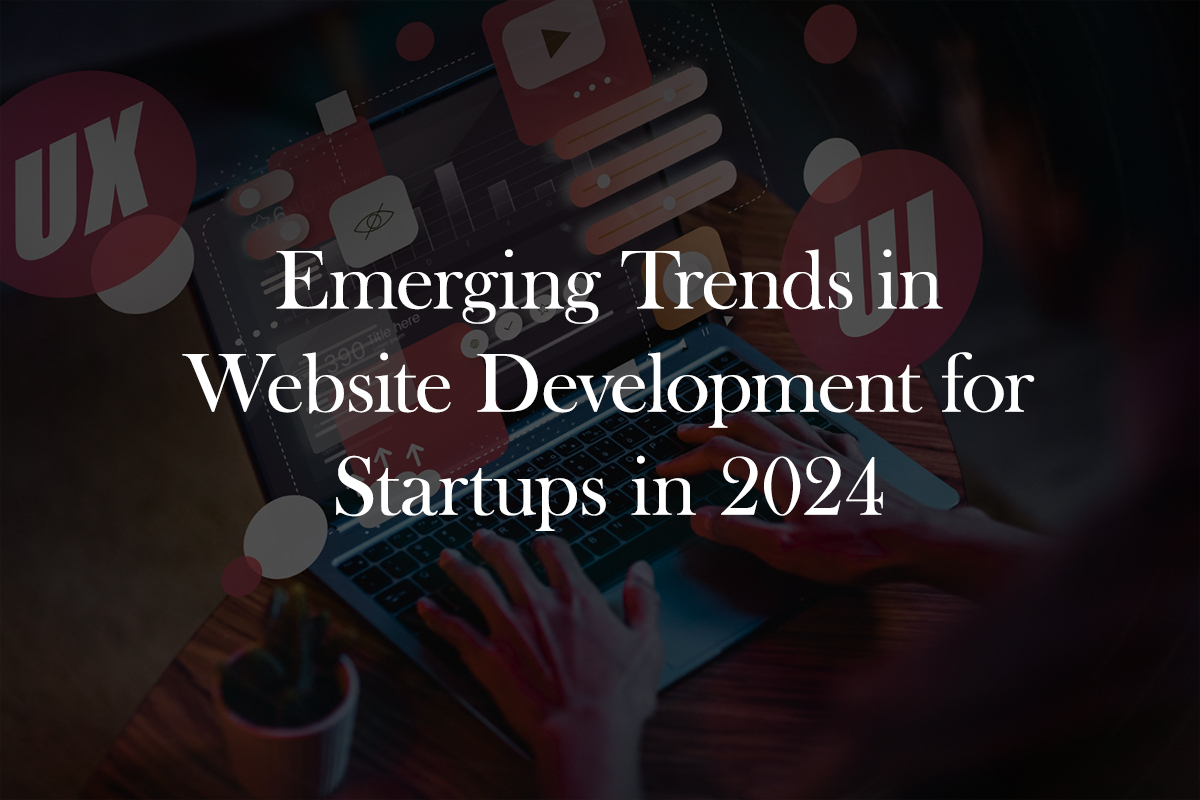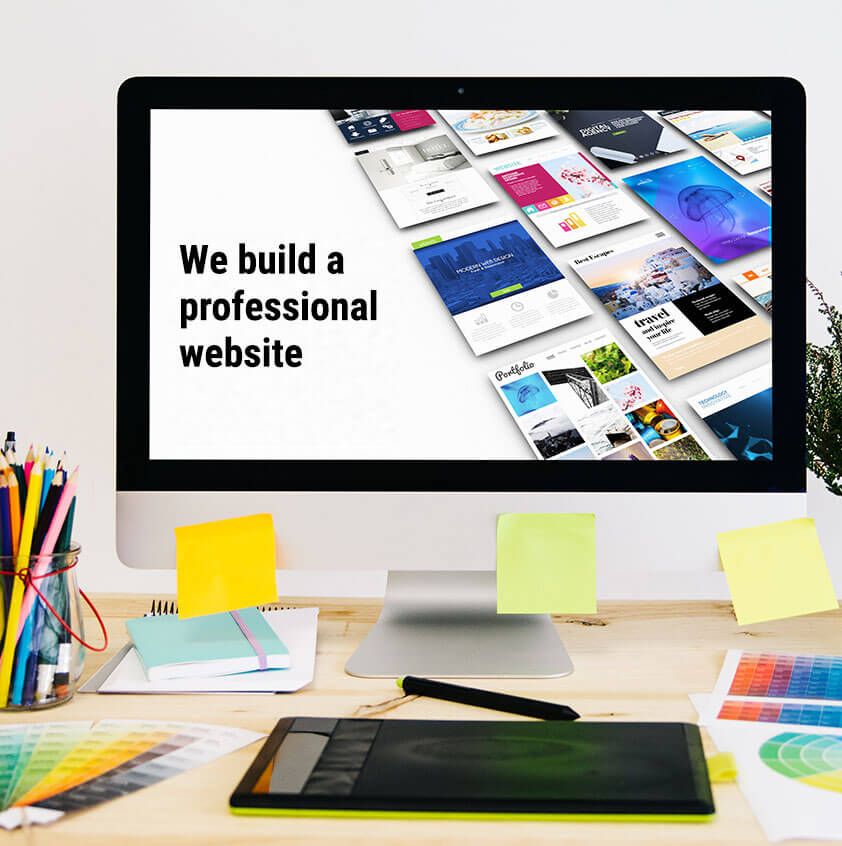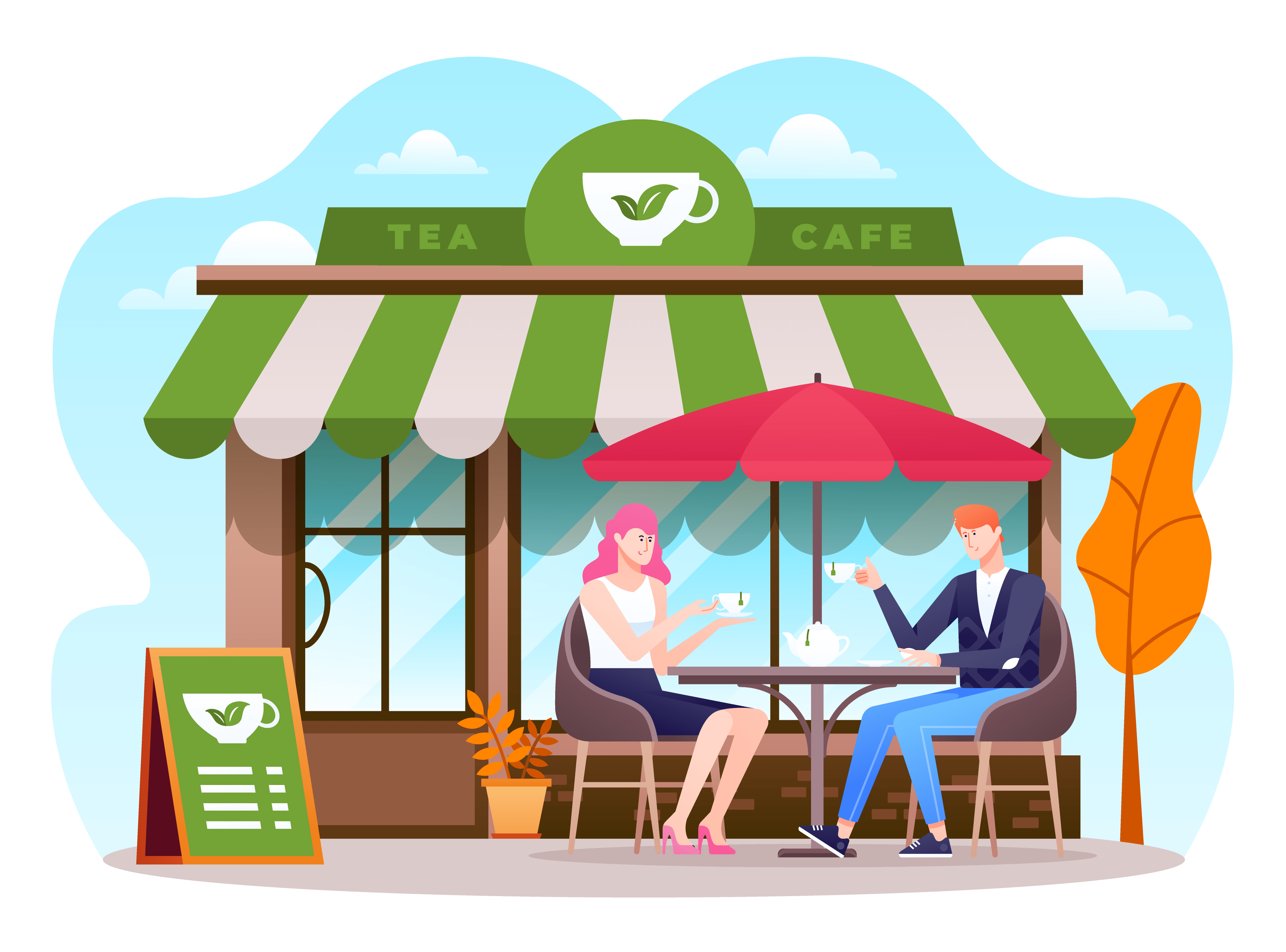
How to Build a SaaS Product?
What is SaaS?
Software as a Service (SaaS) is a software distribution model where applications are hosted by a service provider and made available to customers over the Internet. Unlike traditional software, which requires installation on individual devices, SaaS products are accessible through web browsers, offering greater flexibility and ease of use.
Benefits of SaaS?
- Cost-Efficiency: SaaS eliminates the need for significant upfront investments in hardware and software. Users can subscribe to services on a pay-as-you-go basis, reducing financial risk.
- Scalability: SaaS solutions can easily scale to accommodate a growing user base or increased data needs without the need for additional infrastructure.
- Accessibility: Since SaaS applications are web-based, users can access them from anywhere with an internet connection, promoting remote work and collaboration.
Let us dive into the topic of How to Build a SaaS Product?
Market Research and Planning
Identifying the Target Market
Understanding your potential users is crucial for developing a successful SaaS product. Conduct surveys, interviews, and focus groups to gather insights into their needs and pain points. Utilize tools like Google Analytics and social media analytics to identify user demographics and behavior patterns.
Competitive Analysis
Analyzing competitors helps identify market gaps and areas for differentiation. Examine competitors’ strengths and weaknesses, user reviews, and feature sets. Tools like SWOT analysis (Strengths, Weaknesses, Opportunities, Threats) can be beneficial.
Defining Your USP (Unique Selling Proposition)
Your USP sets your product apart from the competition. Focus on unique features, exceptional user experience, or innovative solutions to common problems. For instance, Trello’s USP lies in its visual project management boards, which simplify task tracking and collaboration.
Defining Features and Requirements
Core Features
Essential features for a SaaS product might include:
- User Authentication: Secure login and user management.
- Dashboard: A central hub for users to access key functionalities.
- Analytics and Reporting: Tools to measure and analyze user activity and performance.
- Integration Capabilities: Ability to integrate with other popular software and services.
User Stories and Use Cases
User stories and use cases help guide the development process by outlining specific scenarios in which users interact with your product. For example, a user story for a project management tool could be: “As a project manager, I want to create and assign tasks so that my team knows what to work on.”
MVP (Minimum Viable Product)
An MVP is the most basic version of your product that still delivers value to users. It allows you to test your concept with minimal resources and gather valuable user feedback early on. Dropbox initially launched as an MVP with a simple file-sharing feature to validate its concept.
Technology Stack and Development
Choosing the Right Technology Stack that align with your product’s requirements and your team’s expertise. Popular stacks for SaaS development include:
Frontend: React, Angular, Vue.js
Backend: Laravel, Node.js, Spring Boot, Django, Ruby on Rails
Database: PostgreSQL, MongoDB, MySQL
Choosing the Development Team
A well-rounded development team typically includes:
- Frontend Developers: Focus on the user interface and experience.
- Backend Developers: Handle server-side logic and database management.
- DevOps Engineers: Ensure smooth deployment and maintenance.
- QA Engineers: Conduct thorough testing to ensure quality.
If you need assistance forming a development team that can give you immediate results, click here to contact us.
Agile Development Methodology
Agile methodologies, such as Scrum or Kanban, promote iterative development and flexibility. They enable teams to deliver small, incremental updates, allowing for continuous improvement and quick adaptation to user feedback.
Designing the User Experience
UI/UX Best Practices
A good user interface (UI) and user experience (UX) are crucial for user satisfaction. Best practices include:
- Simplicity: Keep the interface clean and straightforward.
- Consistency: Use consistent design elements and language.
- Feedback: Provide immediate feedback for user actions, such as form submissions.
Prototyping and User Testing
Prototyping allows you to create a preliminary version of your product to test its usability. Tools like Sketch and InVision can help with prototyping. Conduct user testing to gather feedback and make necessary adjustments before full-scale development.
Accessibility and Responsiveness
Ensure your SaaS product is accessible to all users, including those with disabilities. Follow web accessibility standards (e.g., WCAG) and design a responsive interface that works seamlessly across different devices and screen sizes.
Development and Deployment
Version Control and Collaboration Tools
Version control systems like Git are essential for managing code changes and collaboration. Platforms like GitHub and GitLab offer additional project management and team collaboration features.
Continuous Integration and Continuous Deployment (CI/CD)
CI/CD pipelines automate the process of testing and deploying code, ensuring that updates are released smoothly and reliably. Tools like Jenkins, Travis CI, and CircleCI can help implement CI/CD practices.
Testing and Quality Assurance
Thorough testing is vital to maintain product quality. Implement unit tests, integration tests, and user acceptance testing to identify and fix issues early. Automated testing tools, such as Selenium and JUnit, can streamline the process.
Security and Compliance
Data Security
Protecting user data is paramount. Implement best practices such as encryption, secure APIs. Educate your team on secure coding practices and conduct regular security training.
Compliance
Ensure your SaaS product complies with relevant regulations, such as GDPR for data protection and HIPAA for healthcare data. Compliance helps build user trust and avoid legal issues.
Regular Security Audits
Conduct regular security audits to identify vulnerabilities and address them promptly. Use tools like OWASP ZAP and Nessus.
Launch and Marketing
Pre-launch Marketing
Generate buzz before your product launch with strategies like:
- Content Marketing: Publish blog posts, whitepapers, and case studies.
- Social Media Campaigns: Engage with potential users on platforms like LinkedIn, Twitter, and Facebook.
- Email Marketing: Build an email list and send updates and teasers to subscribers.
Product Launch Strategies
A successful product launch involves:
- Beta Testing: Invite a select group of users to test the product and provide feedback.
- Launch Event: Host a virtual or in-person event to showcase your product.
- Press Releases: Distribute press releases to announce the launch to a wider audience.
Post-launch Marketing
Continued marketing efforts are essential to attract and retain users. Use strategies like:
- SEO: Optimize your website and content for search engines.
- Paid Advertising: Run targeted ads on platforms like Google AdWords and social media.
- Referral Programs: Encourage existing users to refer new users with incentives.
Customer Support and Feedback
Providing Excellent Customer Support
Offer multiple support channels, such as live chat, email, and phone support. Ensure your support team is well-trained and responsive. Tools like Zendesk and Freshdesk can help manage customer support efficiently.
Gathering and Implementing User Feedback
Collect feedback through surveys, user reviews, and direct communication. Use this feedback to continuously improve your product. Tools like SurveyMonkey and UserVoice can assist in gathering and analyzing user feedback.
Building a Community
Create a community around your SaaS product to foster user engagement and loyalty. Use forums, social media groups, and online events to encourage user interaction and support.
Scaling and Future Development
Scalability
Design your SaaS product to scale with your user base. Use cloud services like AWS or Azure to handle increased traffic and data. Implement load balancing and database sharding to ensure performance remains optimal as you grow.
New Feature Development
Plan for future updates and new features based on user feedback and market trends. Maintain a product roadmap and prioritize features that offer the most value to users.
Continuous Improvement
Continuously improve your product to stay ahead of the competition. Regularly update your technology stack, enhance security measures, and refine user experience to meet evolving user needs and market demands.
Building a successful SaaS product involves thorough market research, careful planning, and continuous improvement. Key steps include identifying your target market, defining unique features, selecting the right technology stack, and prioritizing user experience. Ensuring data security, and compliance, and providing excellent customer support are also crucial for long-term success. At Hyrrokkin, we have a service line called “Product Engineering Services” where we offer end-to-end solutions starting from Ideation to the commercialisation of your SaaS Products.






